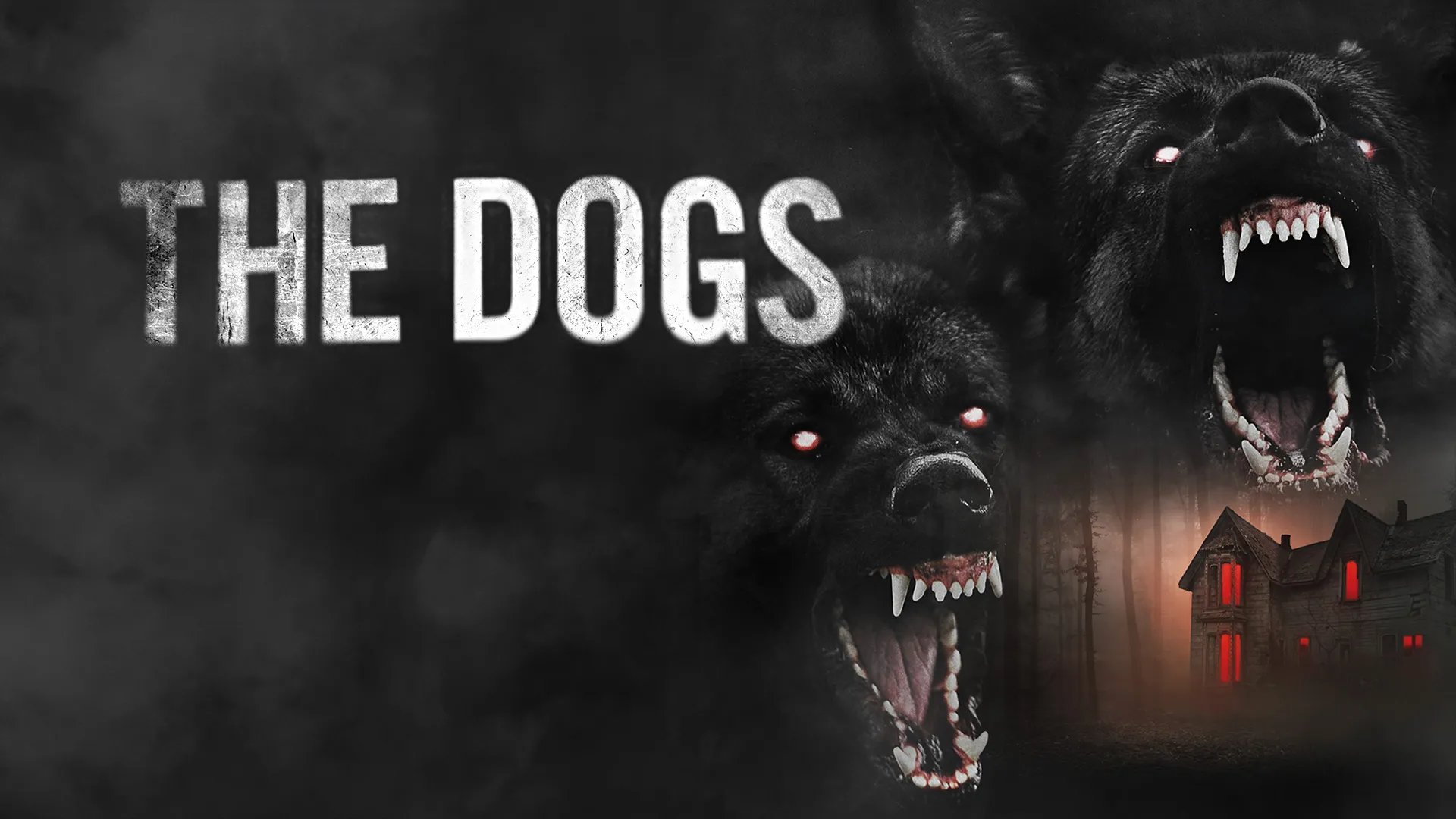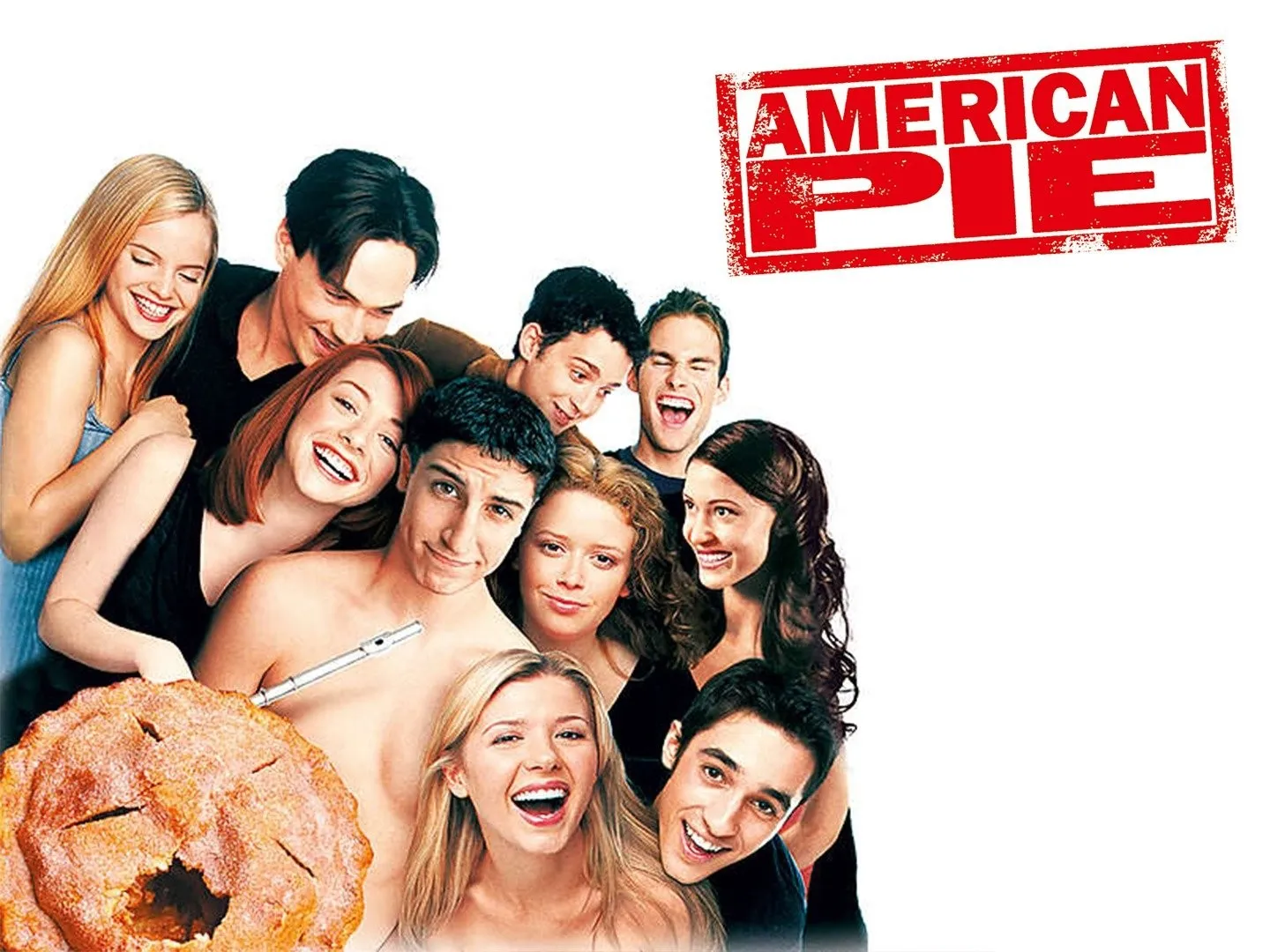Eating Out: A Bold Romantic Comedy that Redefined Queer Cinema

Released in 2004, Eating Out is an American independent romantic comedy directed and written by Q. Allan Brocka. The film is notable not only for its comedic take on love, sex, and identity, but also for its bold representation of LGBTQ+ themes at a time when such narratives were still far less visible in mainstream cinema. What began as a low-budget indie project quickly gained attention for its unfiltered humor and unapologetic exploration of queer relationships, eventually expanding into a successful film series.
The plot follows Caleb (Scott Lunsford), a straight college student who struggles to attract the attention of Gwen (Emily Stiles), a woman who has a particular interest in gay men. His flamboyant roommate Kyle (Jim Verraros), who is openly gay, suggests a rather unusual plan: Caleb should pretend to be gay in order to win Gwen’s affection. This simple setup leads to a chain of comic misunderstandings, mistaken attractions, and unexpected complications. Kyle, who secretly harbors feelings for Caleb, becomes tangled in the web of deception, while Gwen’s friend Marc (Ryan Carnes) complicates matters further by developing an interest in Caleb as well. The result is a lighthearted yet sharp examination of sexuality, friendship, and the complexities of romantic pursuit.

What sets Eating Out apart is its willingness to embrace campy humor while still addressing deeper issues surrounding identity and acceptance. The film features over-the-top comedic moments, witty dialogue, and playful sexual innuendo, but beneath the laughs lies an important message: sexual orientation and attraction are not as simple or clear-cut as they may seem. By blending slapstick comedy with sincere character dynamics, the movie manages to both entertain and provoke thought.
Critics and audiences were divided in their reception. Some praised the film for its fresh, daring perspective and its role in carving out space for queer-centered comedies. Others felt that the film leaned heavily on stereotypes and broad humor. However, for many in the LGBTQ+ community, Eating Out offered a refreshing alternative to the typical Hollywood romantic comedy, allowing queer characters to take center stage without being relegated to side roles or tragic storylines.
The success of Eating Out led to four sequels: Eating Out 2: Sloppy Seconds (2006), Eating Out: All You Can Eat (2009), Eating Out: Drama Camp (2011), and Eating Out: The Open Weekend (2011). Each installment continued the blend of outrageous comedy and romantic entanglements, building a cult following over the years. Collectively, the series has been celebrated for pushing boundaries and normalizing LGBTQ+ stories through humor, even if it often relied on exaggerated situations.

In retrospect, Eating Out holds an important place in the history of queer cinema. While not a mainstream blockbuster, it demonstrated that there was a demand for stories centered on gay characters living, loving, and laughing just like anyone else. Its legacy lies in proving that LGBTQ+ films can be commercially viable, entertaining, and culturally significant, paving the way for future projects with greater visibility and representation.
Ultimately, Eating Out is more than just a quirky romantic comedy—it is a landmark of early 2000s queer cinema. Through its mix of satire, romance, and unapologetic boldness, the film continues to resonate with audiences who value both its humor and its role in challenging conventional narratives about love and identity.



